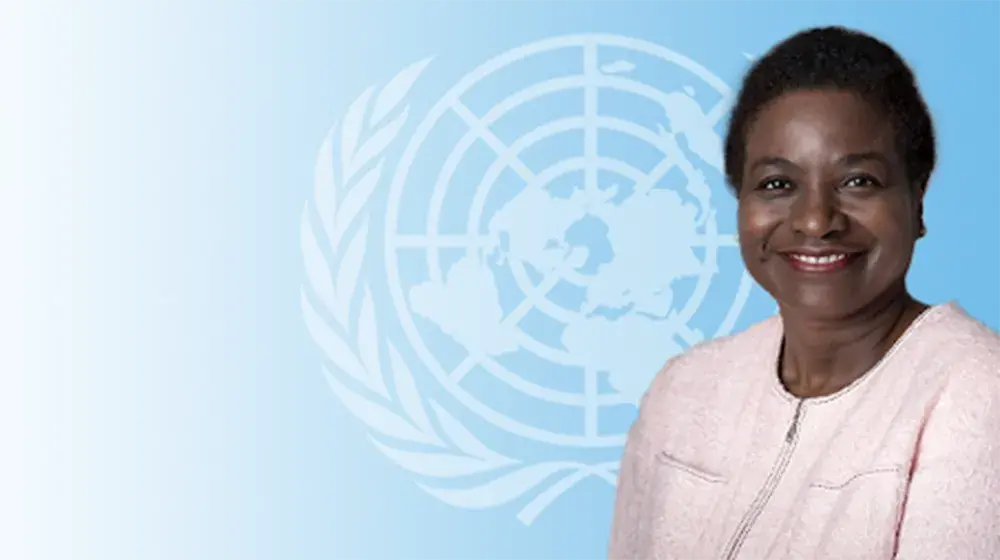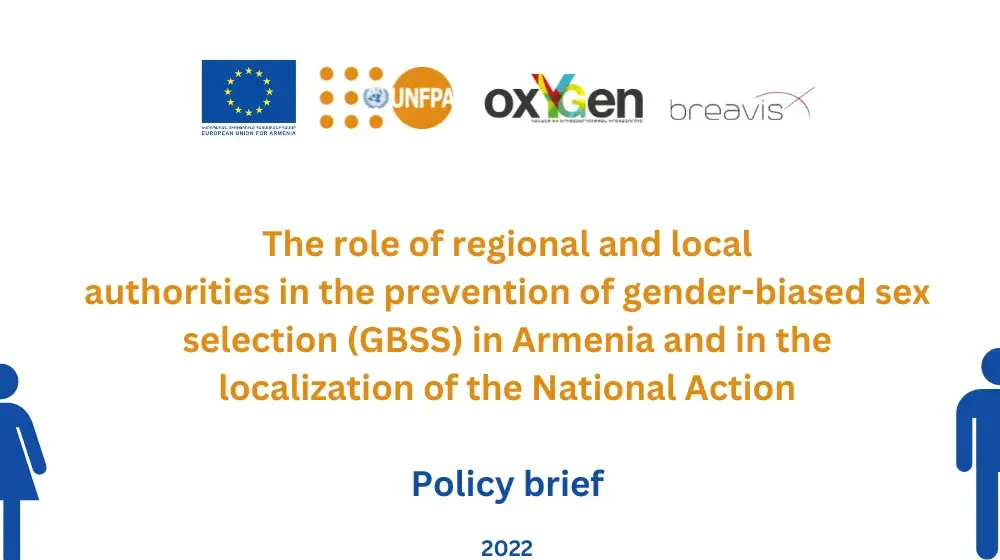A combination of economic and political factors, such as the collapse of the Soviet Union, a devastating earthquake in the late ‘80s, and a war with neighboring Azerbaijan in the ‘90s, has left many Armenians struggling to get by.
But for seniors, who constitute about 16 percent of the population, life can be particularly challenging. With abysmally low pensions, high healthcare costs and scant mental health services, many older adults have to forego the care they need.
According to social workers, government officials, and some seniors, however, change is slowly underway. From a recent pension reform and new government action plan, to increased awareness surrounding issues affecting the elderly, this series of articles explores what it means to grow old in Armenia today.
On the ninth floor of a concrete building in Yerevan, 65-year-old Roza Atoyan leads the way into her bright and spotless two-bedroom apartment—which she shares with seven other family members.
“My daughter sleeps here with her child,” she says of a small but tidy bedroom. She lifts the corner of a tan colored comforter. Metal springs poke holes through the bare mattress.
Her eldest son and wife share the second bedroom. The living room is next. “I sleep here,” Atoyan says, patting a couch concealed beneath a red and brown rug. She weaves her way past a narrow kitchen into a storage space and points to three beds packed against the wall. “My husband and two grandsons sleep here,” she says.
While Atoyan’s eldest son now works in Kazakhstan cooking khorovats, Armenian barbecued meat, the rest of the family relies on pensions and disability allowances for day to day survival. At the end of the month, the family of eight—ranging in age from 11 to 74—lives on roughly 125,000 dram ($305). And with the fees to pay for a grandson in high school and another attending medical school, finances have been strained for quite some time.
Seniors such as Atoyan, living with their extended families in an eclectic mix of generations and diverging life goals, are not uncommon in Armenia as they resort to cohabiting with their relatives in an effort to cut down on expenses. While the trend over the past few decades has been toward smaller family units, where older adults reside on their own or in one of the few elderly care centers in the country, Armenia’s economic downturn has been affecting the way families—and especially seniors—live.
About 73 percent of older adults above the age of 50 now subsist below the minimal consumer basket of 42,000 dram ($103), the minimum required to survive, according to a 2008 Report on Aging Survey in the Republic of Armenia, conducted in part by the National Statistical Service of Armenia under the auspices of the United Nations Population Fund. Increased life expectancy and the migration of younger generations abroad also mean that the considerable expense of a rapidly aging population will not go away any time soon.
According to Garik Hayrapetyan, a UNFPA representative in Armenia, adults over the age of 60 will make up about 21 percent of the entire population by 2024. “We understand that old people are a wealth of experience and knowledge,” he says about mounting concerns over the effect of an aging population on the already strained finances of the pension and healthcare systems. “But society has an obligation to make sure that the life [of seniors] is appropriate.”
The outward migration of younger adults further exacerbates the problem. Though expatriates often financially support their older relations from abroad, increasing numbers of seniors are left to fend for themselves. According to Hayrapetyan, when phone calls on Skype become the only contact among relatives for years, family bonds slowly begin to deteriorate. “This brings a generation that sees the family as less important,” he says. And, within a country where social structures such as retirement homes and care centers for the elderly are almost entirely absent, many seniors no longer have a safety net to fall back on.
But for extended families in Armenia, sharing apartments and costs can be an effective way to survive. “Multigenerational families live together because they have no other option,” Hayrapetyan says about three and sometimes four generations living under one roof.
According to Mkhitar Gabrielyan, Chair of the Archeology and Ethnography Department at Yerevan State University, multigenerational families are not new to Armenia. Before urbanization—or the gradual migration to city centers for study or work—in the ‘50s and ‘60s, seniors living in multigenerational families used to be the predominant model in Armenia.
“Changes in the role of elderly people began in Soviet times in the ‘70s and ‘80s when the family model changed,” Gabrielyan says. Economic stability and a greater availability of apartments in the cities contributed toward a gradual breakdown into smaller family units. But various socioeconomic factors in the history of the country have occasionally reversed the trend.
“The biggest transformation began in the post-Soviet period in the ‘90s because of the difficult social and economic circumstances,” Gabrielyan says. “Families had to unite to face the difficulties. Especially during winter, because of the cost of heating, it was more convenient to live under one roof.”
Once stability was restored, after Armenia’s turbulent transition from a Soviet state to an independent republic, families resumed their evolution toward a two-generation model. New technologies, such as the Internet, and influence from countries such as Western Europe and the U.S., further contributed to a shift in values. “Young people are becoming more liberal in their views and show more enterprise and initiative,” Gabrielyan says. “They want to go abroad and live more independently.”
But now that the economy faces another downturn, families are once again regressing toward the multigenerational model. Sharing living space with other family members, however, is not always as hard as it seems. According to the 2008 Report on Aging Survey, seniors make important contributions to the household by caring for sick or disabled family members, taking over tedious and time-consuming housework, and providing otherwise prohibitively expensive childcare.
Despite economic hardship, members of Atoyan’s family say they are happy with their living situation. With a journalist present, Atoyan, her daughter and her three grandsons have laid out a feast of chocolate layered cake, watermelon and freshly brewed coffee on the living room table’s elegant lace cloth. “I love living with my family, it’s a tradition,” Atoyan says, spreading her arms wide and embracing the air in front of her. “Even if we had separate houses I would prefer to spend all my time with my family.”
Though Atoyan wishes the apartment were bigger with more bedrooms and privacy, she says traditional families are without a doubt the most successful model. As the second-eldest in the family after her 74-year-old husband, Atoyan’s role is crucial. “I do the cleaning and the cooking and the shopping,” she says. And when it comes to selling valuables for the occasional extra expense, Atoyan is again responsible.
As in most traditional Armenian families, Atoyan’s husband is the self-defined head of the household. When asked what her husband does, Atoyan laughs. “He watches TV all day,” she says. “That’s what Armenian men do.”
The rest of the family also appears satisfied with their arrangement. Even eleven-year-old Vahag Poghosyan—the youngest member of the family—agrees. Proudly holding up a fistful of gold, silver, and bronze medals won at various karate tournaments, he says he wants to become a professional athlete. Where would he prefer to live once he becomes a world champion?
“Right here,” Vahag says. “With my family.”
By Sigrid Lupieri, ArmeniaNow Correspondent, 23.07.2012
http://www.armenianow.com/society/39492/armenian_families_elderly_role
Photo by NAZIK ARMENAKYAN, ArmeniaNow
Roza Atoyan’s family (from left to right: Roza Atoyan, 65, Sargis Mkhitaryan, 18, Karine Mkhitaryan, 40,Vahag Poghosyan, 11).
Editor’s Note: This is the first in a four-part series that looks at issues affecting the elderly in Armenia.





